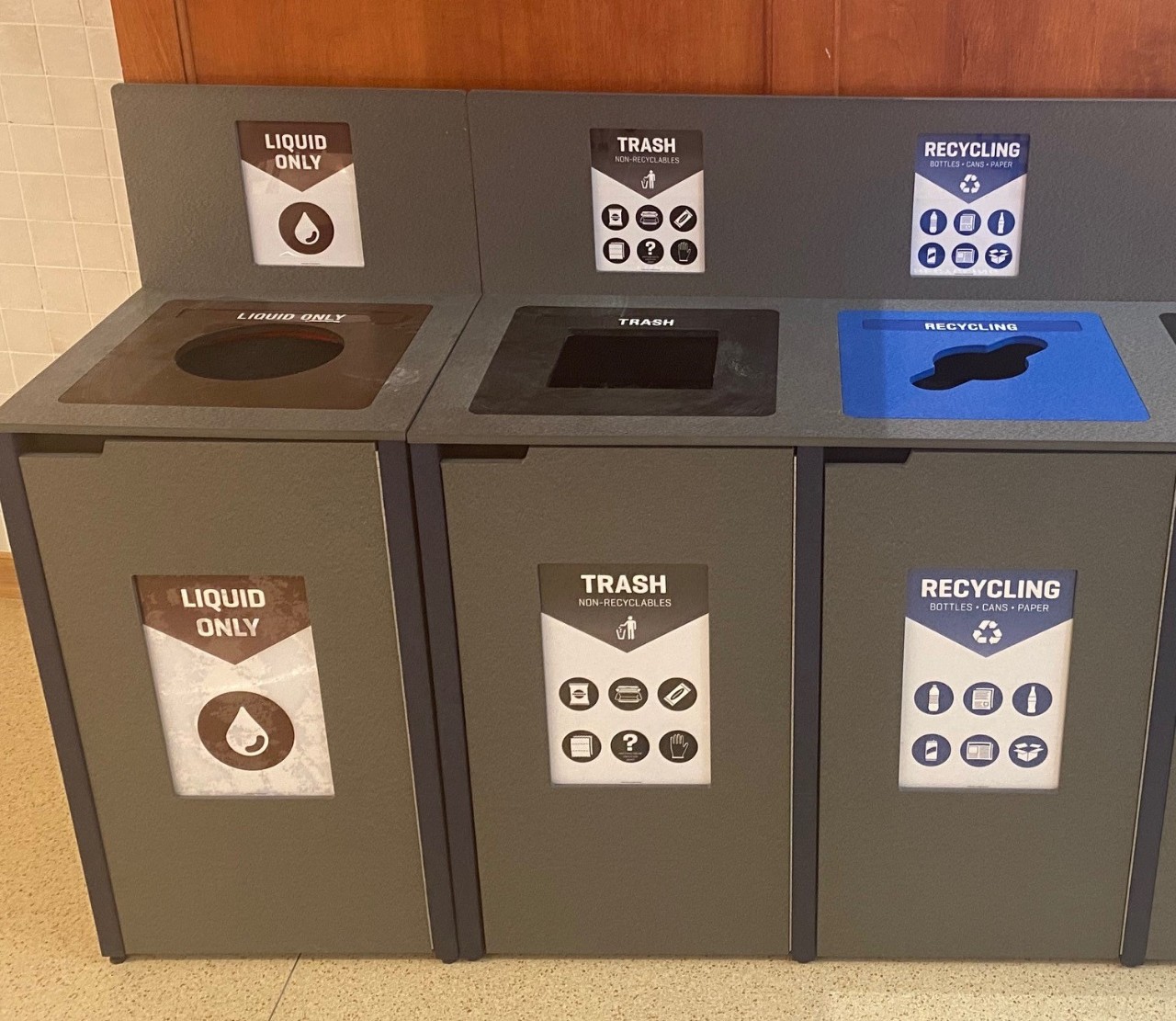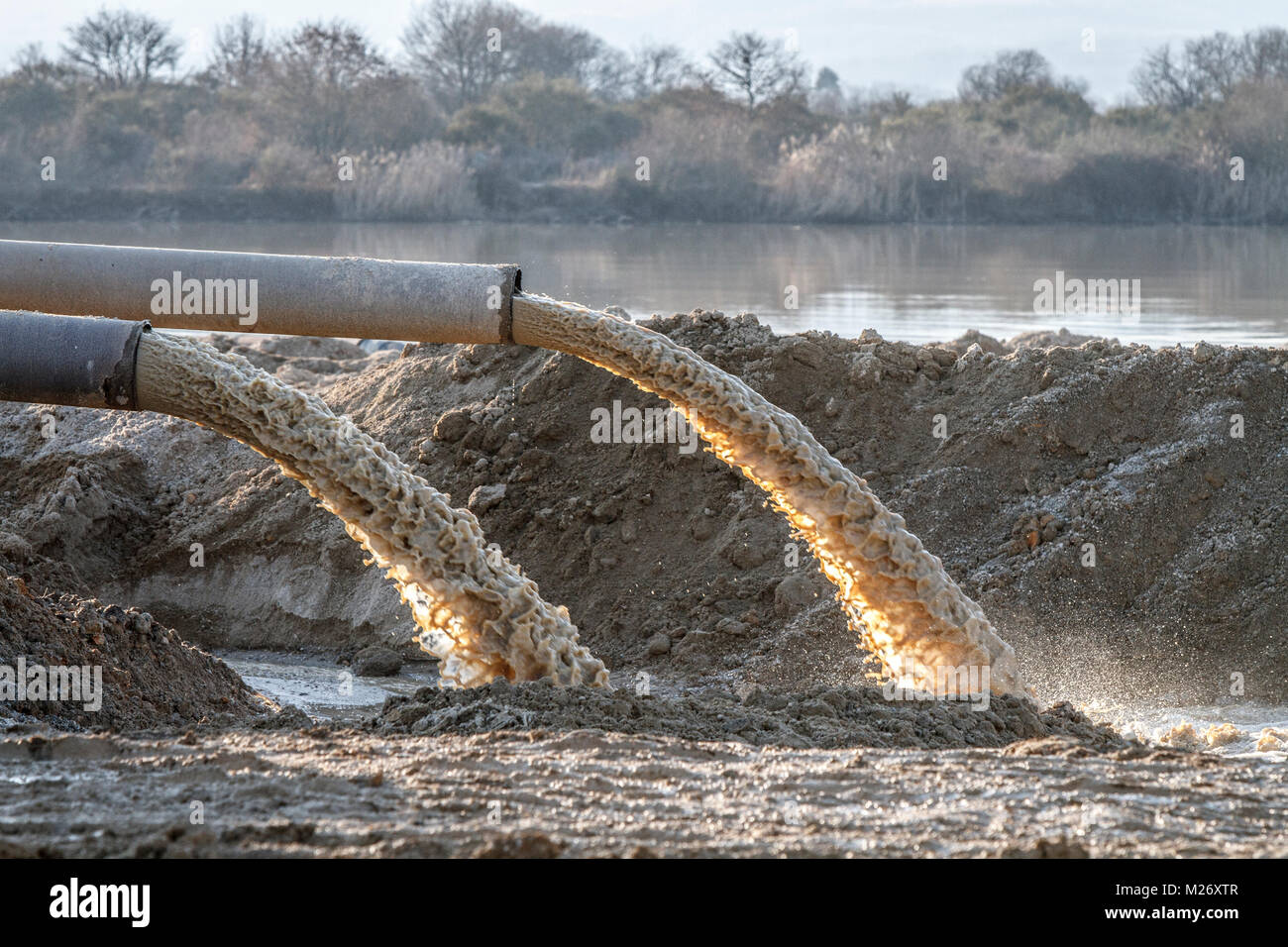Industrial Wastewater Treatment: Advanced Approaches for Effective Management
Industrial Wastewater Treatment: Advanced Approaches for Effective Management
Blog Article
How Fluid Garbage Disposal Works: A Detailed Overview of Strategies and Technologies Used

Review of Fluid Waste Kind
The intricacy of fluid waste types demands a comprehensive understanding of their features and implications for disposal. Liquid waste can generally be classified right into a number of types, consisting of industrial, municipal, farming, and unsafe waste. Each category exhibits unique buildings, calling for specific management methods to alleviate environmental and health threats.
Industrial fluid waste originates from manufacturing procedures and usually consists of a series of contaminants, such as hefty steels, solvents, and organic substances. Metropolitan liquid waste, primarily consisting of wastewater from families and commercial facilities, includes organic issue, nutrients, and pathogens (industrial wastewater treatment). Agricultural fluid waste, including runoff from ranches, may have fertilizers, chemicals, and animal waste, posing threats to water quality and ecosystems
Unsafe liquid waste is identified by its toxicity, sensitivity, or potential to trigger harm. This group includes compounds like acids, bases, and certain chemicals that require stringent handling and disposal procedures. Understanding these diverse fluid waste types is crucial for establishing reliable disposal methods and making certain compliance with environmental guidelines. Proper classification and characterization are crucial for carrying out ideal treatment methods and decreasing the unfavorable influences on public health and the environment.
Physical Treatment Methods

Testing is the initial action, where bigger bits and debris are eliminated from the liquid waste making use of displays or grates. This procedure secures downstream devices from damage and ensures smoother procedure. Adhering to testing, sedimentation uses gravitational force to different solids from fluids. In sedimentation storage tanks, heavier fragments resolve near the bottom, developing a sludge layer, while the cleared up fluid can be additional treated.
Purification is one more important approach that involves passing the liquid through permeable materials, such as sand or membrane layers, to catch smaller sized bits. This step boosts the quality of the fluid, making it appropriate for succeeding treatment procedures.

Chemical Therapy Techniques
Chemical therapy techniques are necessary for efficiently taking care of liquid waste, particularly in resolving dissolved and colloidal impurities that physical methods might not adequately eliminate. These methods make use of different chemical representatives to neutralize, precipitate, or change unsafe substances into much less hazardous types.
One usual method is coagulation and flocculation, where chemicals such as alum or ferric chloride are contributed to advertise the aggregation of suspended bits. This procedure enhances sedimentation, enabling less complicated removal of the resulting sludge. Furthermore, oxidation procedures, click over here using representatives like chlorine or ozone, are employed to break down complicated natural substances and pathogens, rendering the waste safer for discharge or additional therapy.
Neutralization is an additional crucial method, which changes the pH of acidic or alkaline waste streams to neutral degrees, protecting against potential harm to downstream systems and the atmosphere. Moreover, advanced oxidation procedures (AOPs) make use of mixes of oxidants and ultraviolet light to weaken persistent pollutants, achieving a higher level of treatment performance.
Organic Therapy Procedures
Organic treatment processes play a vital duty in the monitoring of fluid waste by using bacteria to disintegrate raw material and minimize pollutant levels. These processes can be broadly classified right into cardio and anaerobic treatments, each utilizing particular microbial communities to accomplish reliable waste deterioration.
Cardiovascular treatment involves the usage of oxygen to promote the breakdown of natural products by germs. This process is commonly implemented in turned on sludge systems, where oygenation tanks provide a helpful setting for microbial growth, leading to the oxidation of natural contaminants. The resultant biomass can be separated from dealt with effluent with sedimentation.
In contrast, anaerobic treatment happens in the lack of oxygen, counting on various germs to break down raw material. This technique is especially advantageous for high-strength waste, as it creates biogas, a sustainable power source, while decreasing sludge production. Technologies such best site as anaerobic digesters are often employed in metropolitan and industrial applications.
Both anaerobic and cardiovascular organic treatments not just right here reduce the ecological effect of fluid waste however additionally help with source recovery, making them crucial elements of lasting waste management approaches. Their effectiveness, performance, and adaptability sustain their widespread implementation across numerous sectors.
Emerging Technologies in Disposal
Ingenious strategies to liquid waste disposal are quickly advancing, driven by developments in innovation and a raising emphasis on sustainability. Amongst these arising modern technologies, membrane layer bioreactors (MBRs) have actually gained traction for their capability to combine organic therapy with membrane layer filtration, resulting in premium effluent that can be recycled in different applications. MBRs make it possible for smaller sized impacts and extra efficient operations compared to traditional systems.
Another promising development is making use of anaerobic digestion combined with nutrient recovery technologies, which not only treats fluid waste yet additionally creates biogas and recoups beneficial nutrients like nitrogen and phosphorus. This twin advantage improves resource efficiency and decreases ecological effect.
In addition, progressed oxidation procedures (AOPs) are being embraced for the deterioration of complicated natural pollutants. These techniques make use of effective oxidants and drivers to break down pollutants at the molecular level, supplying a highly effective remedy for tough waste streams.
Additionally, the combination of artificial intelligence and artificial intelligence in waste administration systems is optimizing functional effectiveness and anticipating maintenance, causing decreased costs and boosted environmental conformity. These modern technologies mirror a significant shift in the direction of even more lasting and efficient liquid waste disposal techniques.
Verdict
To conclude, efficient liquid waste disposal requires an extensive understanding of various strategies and modern technologies. The integration of physical, chemical, and biological therapy techniques makes certain the effective administration of diverse waste kinds. Additionally, the development of cutting-edge innovations improves therapy efficacy and advertises sustainability in waste administration practices. By continually progressing these methods, it becomes feasible to address the growing difficulties connected with liquid waste, ultimately adding to environmental management and resource recuperation.
Fluid waste disposal is a vital facet of environmental administration, requiring a comprehensive understanding of different techniques and modern technologies customized to different waste kinds. Liquid waste can generally be categorized into several types, including industrial, municipal, agricultural, and hazardous waste. Agricultural liquid waste, consisting of overflow from farms, may have plant foods, pesticides, and pet waste, positioning risks to water high quality and ecological communities.
Numerous physical therapy methods play an important duty in managing liquid waste successfully - industrial wastewater treatment.In verdict, efficient fluid waste disposal necessitates a detailed understanding of numerous methods and innovations
Report this page